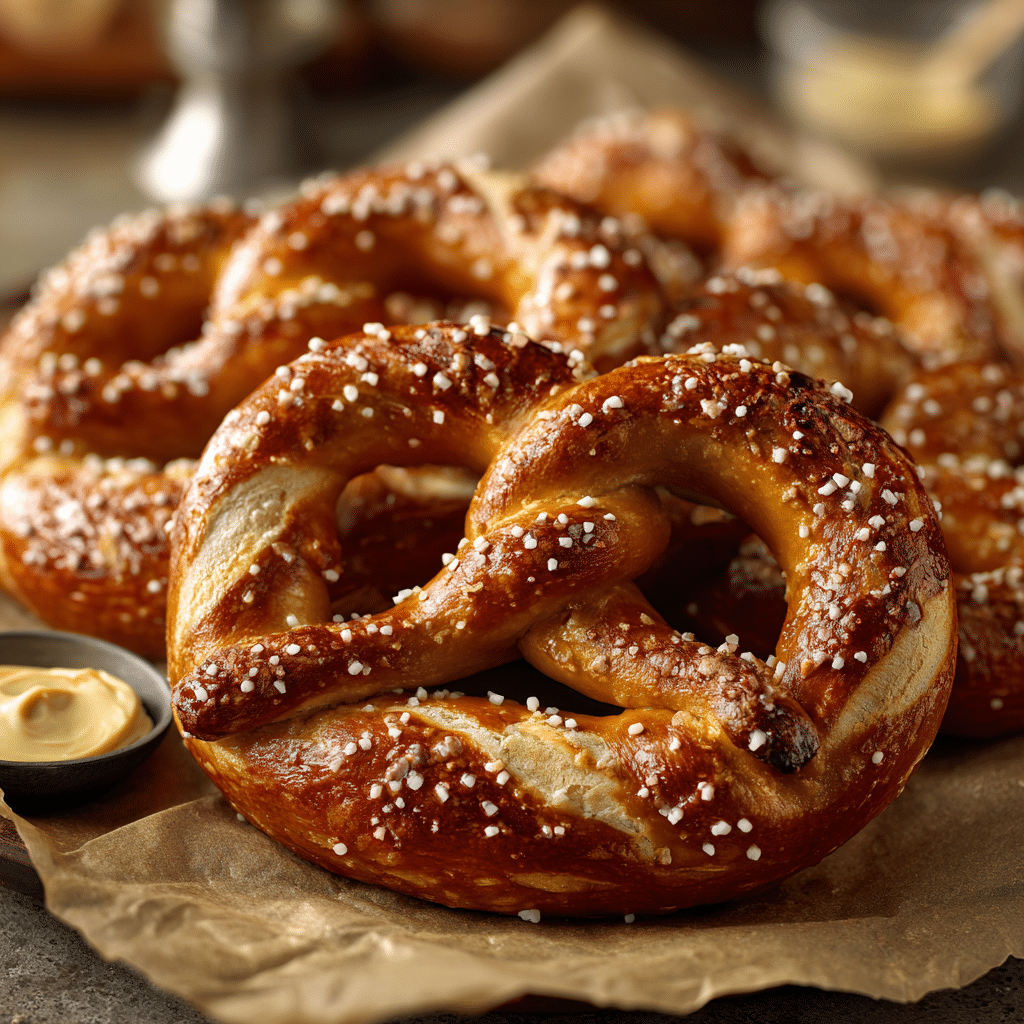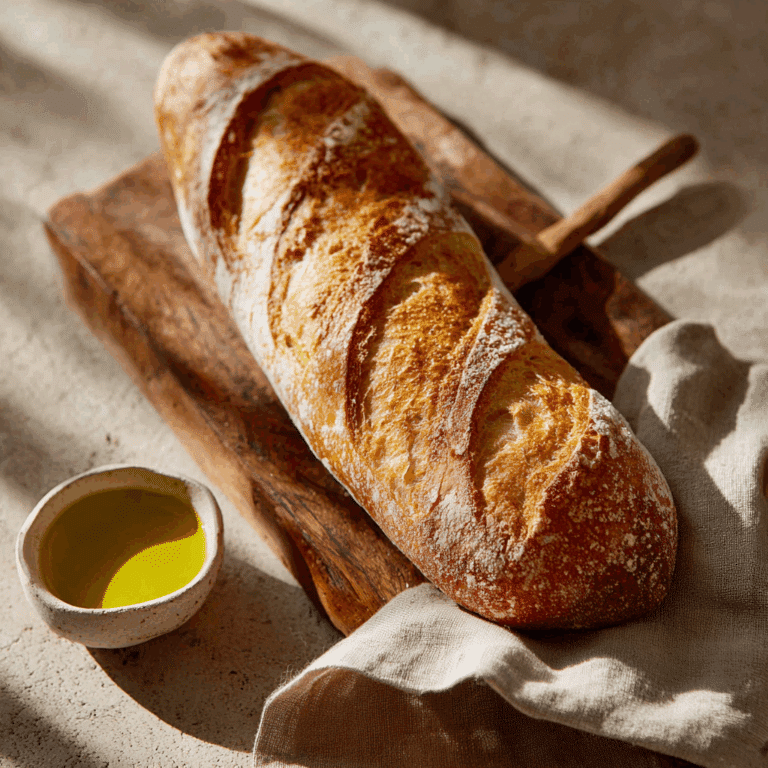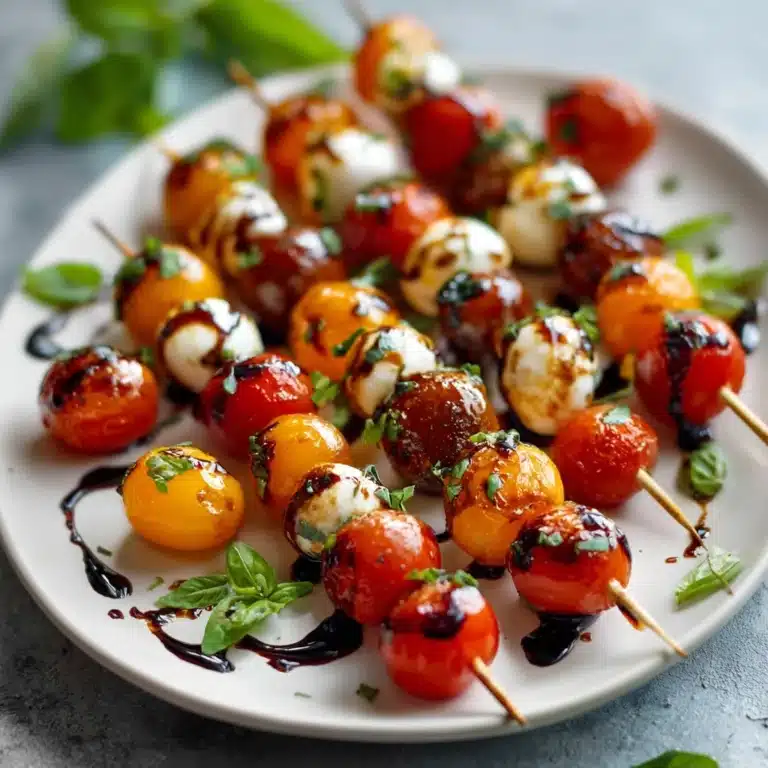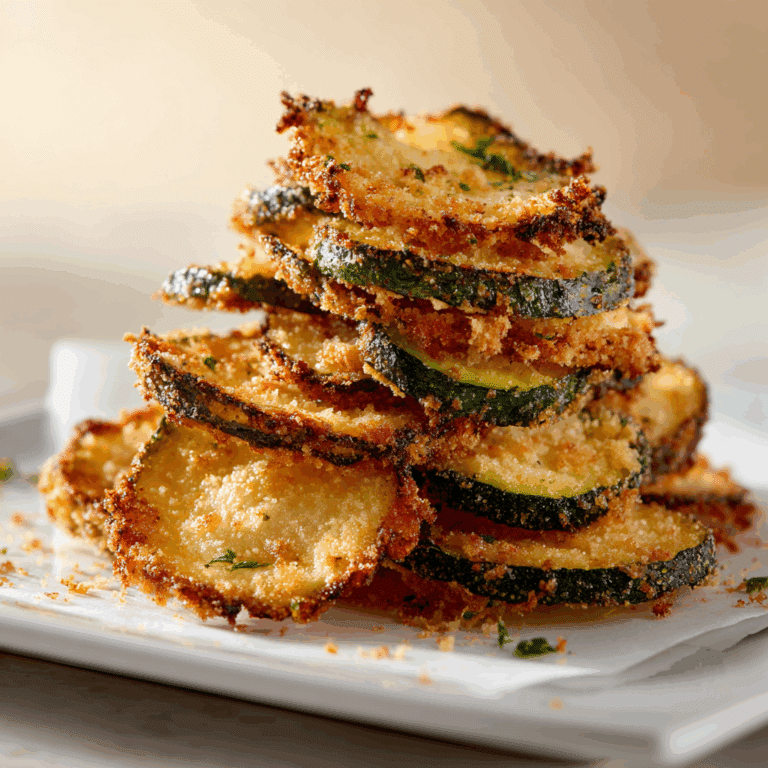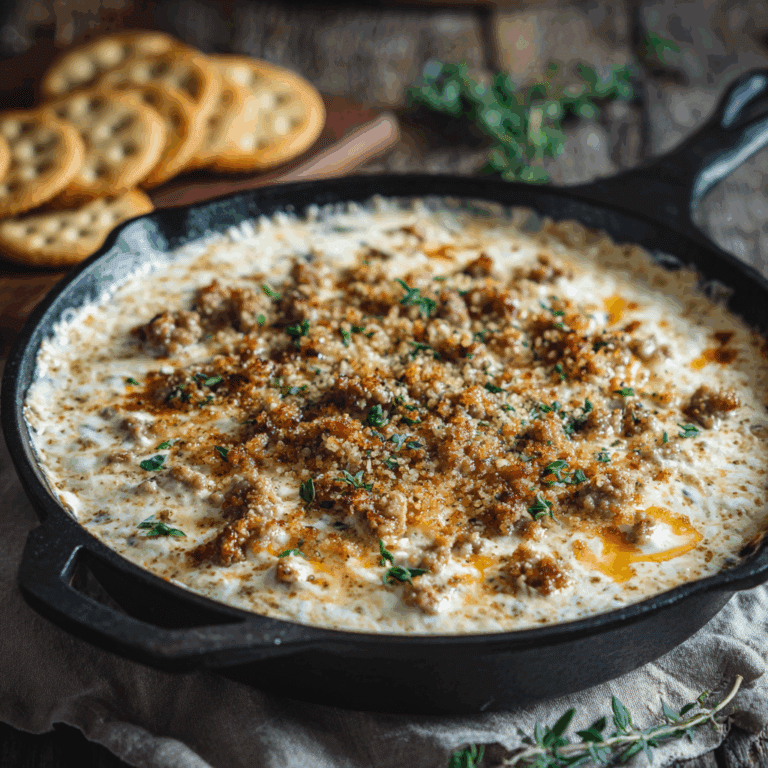Pretzels (Germany) Recipe
If you love the charm of traditional bakery delights, nothing quite compares to homemade Pretzels (Germany) with their irresistible golden crust and delightfully chewy center. These soft pretzels capture the spirit of German street food perfectly, offering a little salty bite that makes every bite a comforting joy. Whether you’re new to baking or a seasoned pro, making Pretzels (Germany) at home is remarkably satisfying and not as tricky as it might seem. Let’s dive into creating this iconic treat that brings a touch of Bavaria right into your kitchen.

Ingredients You’ll Need
The beauty of Pretzels (Germany) lies in their simplicity, relying on a handful of basic ingredients that come together to create something truly special. Each element plays a crucial role in achieving that signature texture and flavor that these pretzels are famous for.
- 3 cups flour: The foundation for our dough, providing structure and chewiness to the pretzels.
- 1 tsp yeast: Essential for that slight rise and fluffy yet dense texture.
- 1 tsp sugar: Feeds the yeast for proper fermentation and subtly enhances flavor.
- 1 cup warm water: Activates the yeast and brings the dough together smoothly.
- 1 tbsp baking soda (for boiling): Gives the crust its classic deep brown color and slight tang.
- Coarse salt for topping: Adds a satisfying crunch and iconic salty finish that’s a Pretzels (Germany) hallmark.
How to Make Pretzels (Germany)
Step 1: Prepare the Dough
Start by mixing the yeast, sugar, and warm water in a bowl and let it sit until it becomes frothy—this means your yeast is alive and ready. Then gradually add the flour, stirring until it forms a soft dough. Knead the dough on a floured surface for about 5 to 7 minutes until smooth and elastic. This step develops the gluten that gives pretzels their wonderfully chewy texture.
Step 2: Shape Your Pretzels
Divide your dough into eight equal pieces and roll each piece into a long rope approximately 18 inches long. Now here’s the fun part: shape each rope into the classic pretzel twist. Form a U shape, cross the ends over twice, and press them down onto the base of the U. This iconic shape is what makes Pretzels (Germany) instantly recognizable and so charming.
Step 3: Boil in Baking Soda Water
Bring a large pot of water to a boil and add the baking soda—this alkaline bath is the secret to the pretzels’ signature crust. Carefully drop each pretzel into the water for about 20–30 seconds, flipping once to ensure both sides soak evenly. This process not only creates that beautiful shiny, deep brown exterior but also imparts a subtle tang that’s uniquely pretzel.
Step 4: Bake to Perfection
Transfer the boiled pretzels to a baking sheet lined with parchment paper, sprinkle generously with coarse salt, and bake in a preheated oven at 200°C (about 400°F) for 15 minutes. Keep an eye on them as they turn a gorgeous golden brown. Once baked, allow them to cool slightly before enjoying that perfect combination of soft interior and crisp exterior.
How to Serve Pretzels (Germany)

Garnishes
Pretzels (Germany) are fantastic all on their own with just the classic coarse salt on top, but you can always get a little creative. Try brushing them with melted butter immediately after baking and dusting with garlic powder or even some shredded cheese for a delicious twist. Mustard or a creamy cheese dip makes a perfect dunking partner as well.
Side Dishes
These pretzels pair beautifully with traditional German fare. Think tangy sauerkraut, smooth mustard, or a hearty bowl of obatzda cheese spread. For a lighter option, a fresh cucumber salad or even simple radishes add refreshing contrast.
Creative Ways to Present
If you’re planning a gathering, try serving Pretzels (Germany) alongside a variety of mustards, dips, and even sliced sausages for a fun “pretzel board.” You can also slice them open and fill with ham and cheese or transform them into sliders. Their versatile shape and flavor make them perfect for festive occasions or casual snacking alike.
Make Ahead and Storage
Storing Leftovers
Freshly baked pretzels are best enjoyed the same day, but if you have leftovers, store them in an airtight container or plastic bag at room temperature for up to two days. This will help retain their chewy texture and prevent them from drying out.
Freezing
You can freeze unbaked shaped pretzels by placing them on a baking sheet until firm, then transferring to a freezer bag. When you want to indulge, simply thaw and proceed with boiling and baking. Cooked pretzels can also be frozen wrapped tightly to preserve freshness and reheated later.
Reheating
To revive your pretzels, pop them in a 180°C (350°F) oven for about 5 to 10 minutes. Avoid microwaving if possible, as it tends to make the crust chewy rather than crisp. This method refreshes both the soft interior and crunchy crust beautifully.
FAQs
What makes Pretzels (Germany) different from regular pretzels?
Pretzels (Germany) are traditionally boiled in a baking soda solution before baking, which creates their distinct chewy, golden-brown crust and slightly tangy flavor—something that typical pretzels often miss.
Can I use whole wheat flour instead of white flour?
Yes, but whole wheat flour will change the texture and color slightly, making the pretzels denser and darker. For best results, try using a mix of whole wheat and all-purpose flour.
Why is the baking soda bath important?
The baking soda bath creates an alkaline environment that reacts with the dough’s surface, causing the Maillard reaction to develop the pretzels’ characteristic deep brown color and unique flavor.
How long do Pretzels (Germany) last fresh?
They’re best eaten within a few hours of baking but can be stored at room temperature for up to two days without losing too much quality.
Can I add flavors like cinnamon or cheese?
Absolutely! While classic Pretzels (Germany) are simple, adding cheese, garlic, or even sweet toppings like cinnamon sugar after baking can create delicious variations.
Final Thoughts
Making Pretzels (Germany) at home is a rewarding experience that brings a slice of German culture straight to your table. Their golden crust, chewy bite, and that hint of salt make for a snack that’s hard to resist. Whether for a cozy night in or sharing with friends, these pretzels are sure to become a beloved staple in your baking repertoire. So, roll up your sleeves, warm that oven, and give yourself the joy of biting into a homemade delight that tastes like tradition and love all in one.

